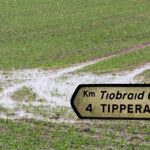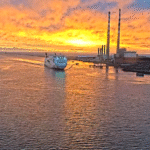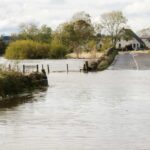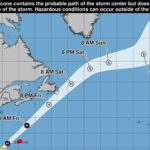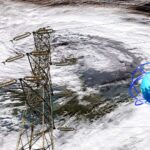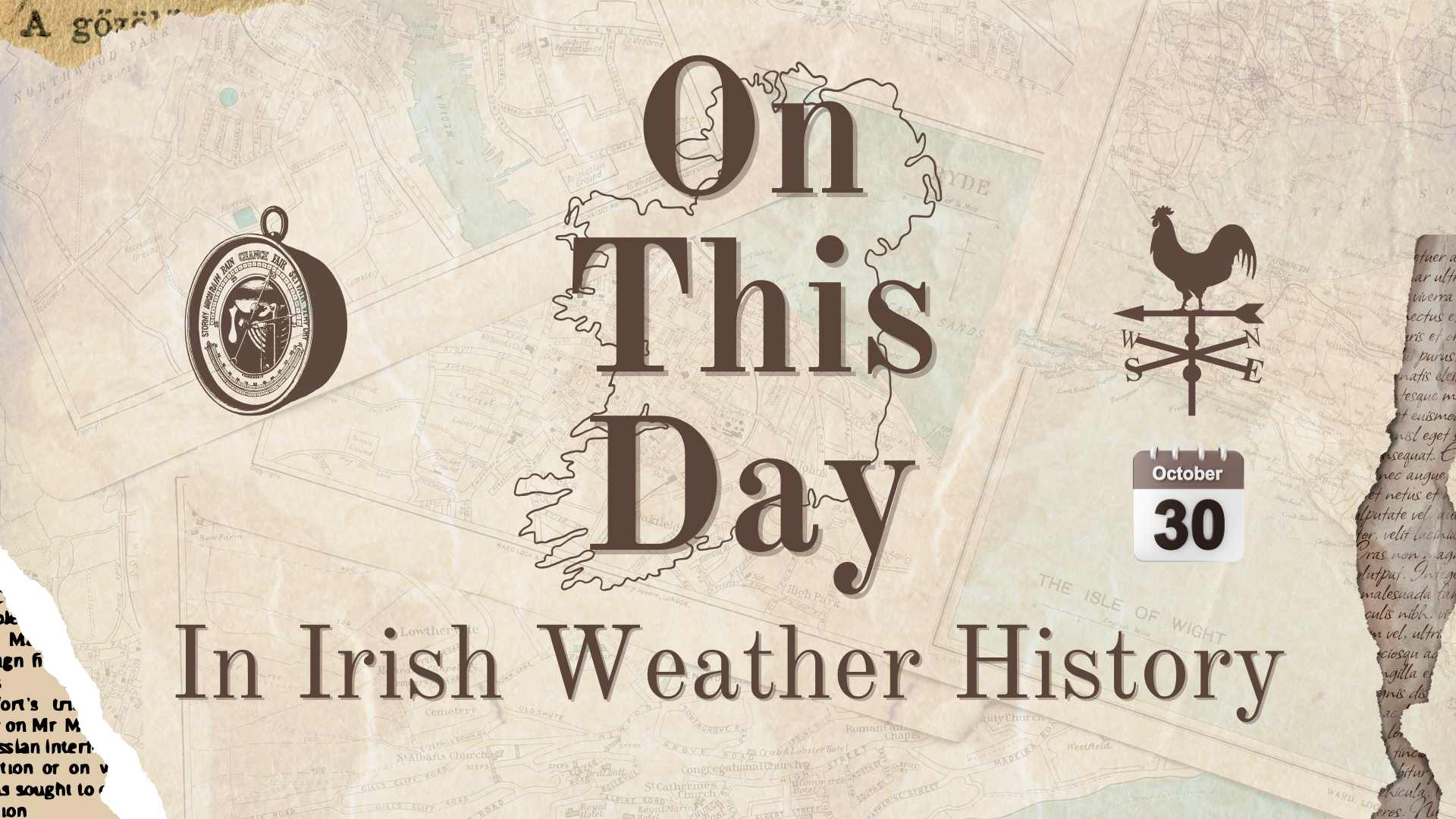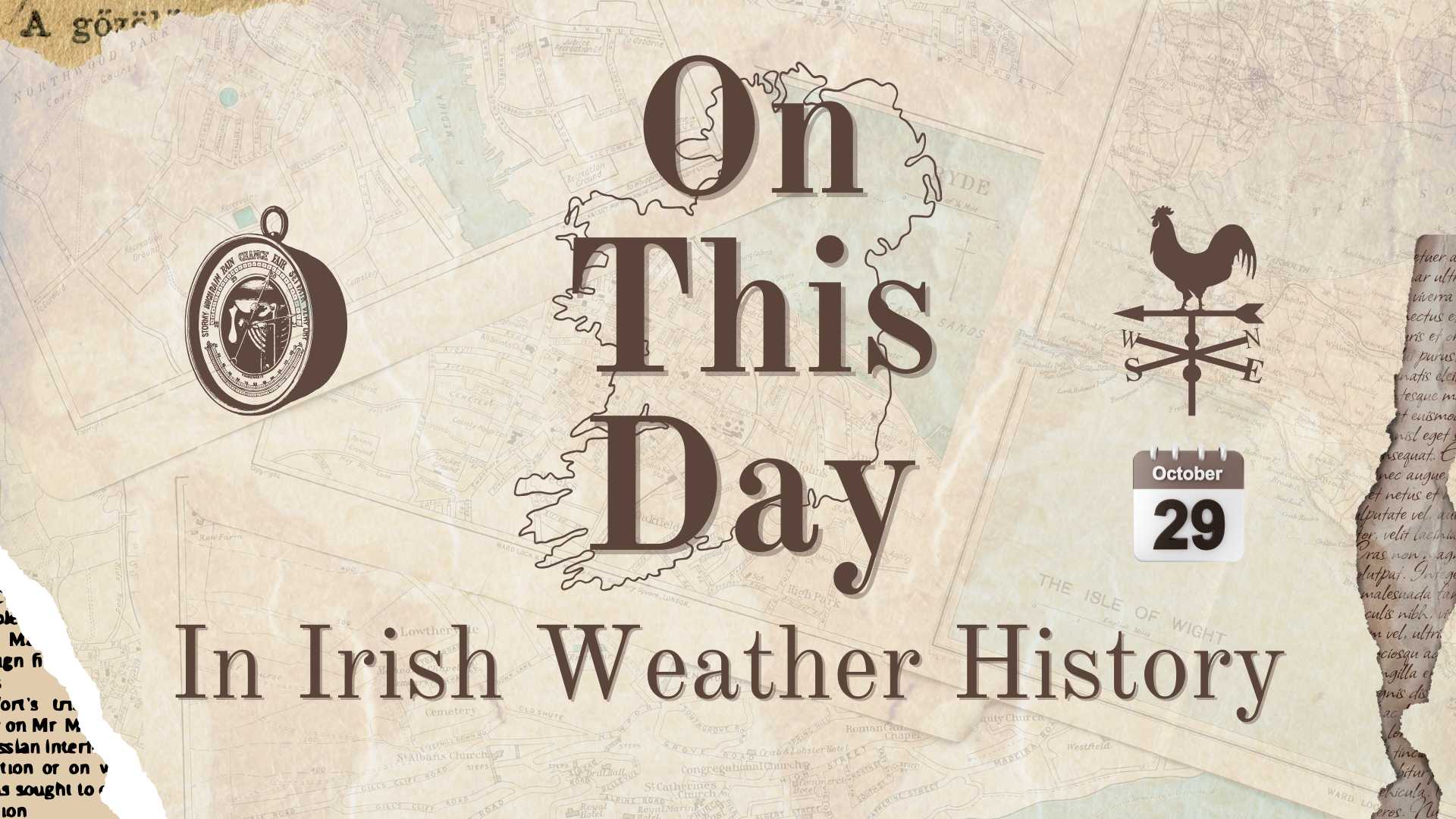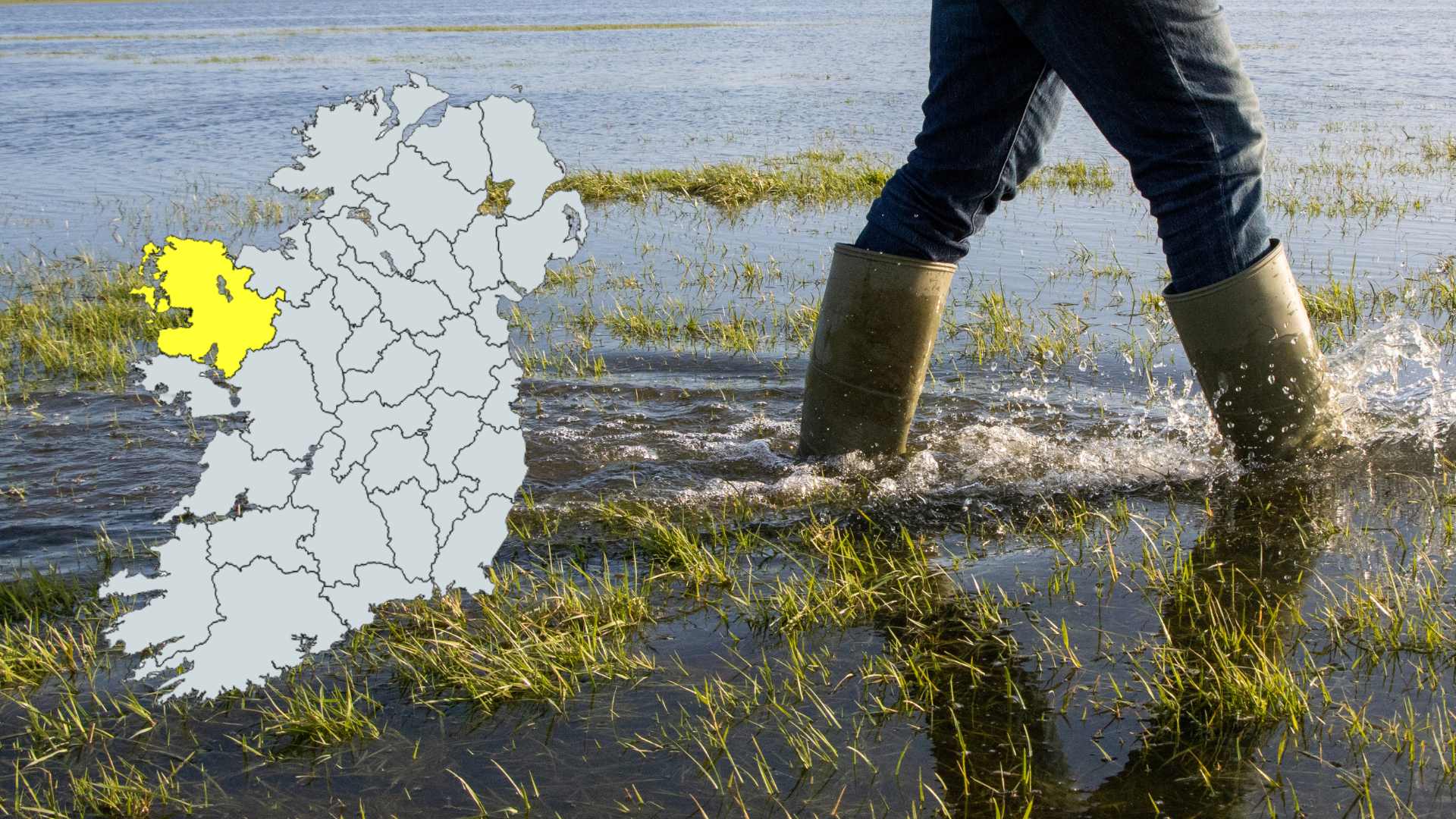
On This Day (17 March) in Irish Weather History
A tornado, snowstorm, flooding and a record warm temperature are just some of the weather events that took place on St. Patrick’s Day (March 17th) in Ireland down through history.
1717: Weather diaries note a morning of continuous snow, followed by hard freezing conditions at night, marking a bitterly cold St. Patrick’s Day.
1816: The Armagh Observatory noted heavy rain causing some flooding.
1867: The Cork Constitution newspapers reports that a fierce storm that began at 3 a.m. bought a strong gale, heavy snow, sleet, and hail. The cold weather “scattered slates across pavements and tore large branches from trees, impeding steamer traffic.”
1876: Bitterly cold northerly winds bring heavy snow showers across the country.
1964: Glenvickee in County Kerry reports 80.77mm of rainfall on St. Patrick’s Day, the highest recorded rainfall on March 17th since 1940.
1968: Malin Head in Donegal records a 154 km/h gust and a 10-minute mean wind speed of 89 km/h.
1979: An Arctic air mass brings north-easterly winds and widespread snowfall to Ireland, forcing the cancellation of numerous St. Patrick’s Day parades.
1989: Collooney in Sligo records an early morning low temperature of minus 8 °C.
1995: A tornado causes minor structural damage and uproots trees near Summerhill in County Meath. Thunderstorms are also reported in Mullingar and at Shannon Airport.
2005: A warm tropical maritime air mass sees Ashford in Wicklow record a temperature of 19.6°C, making it the warmest St. Patrick’s Day in Ireland in 65 years.
Share this WeathÉire story: